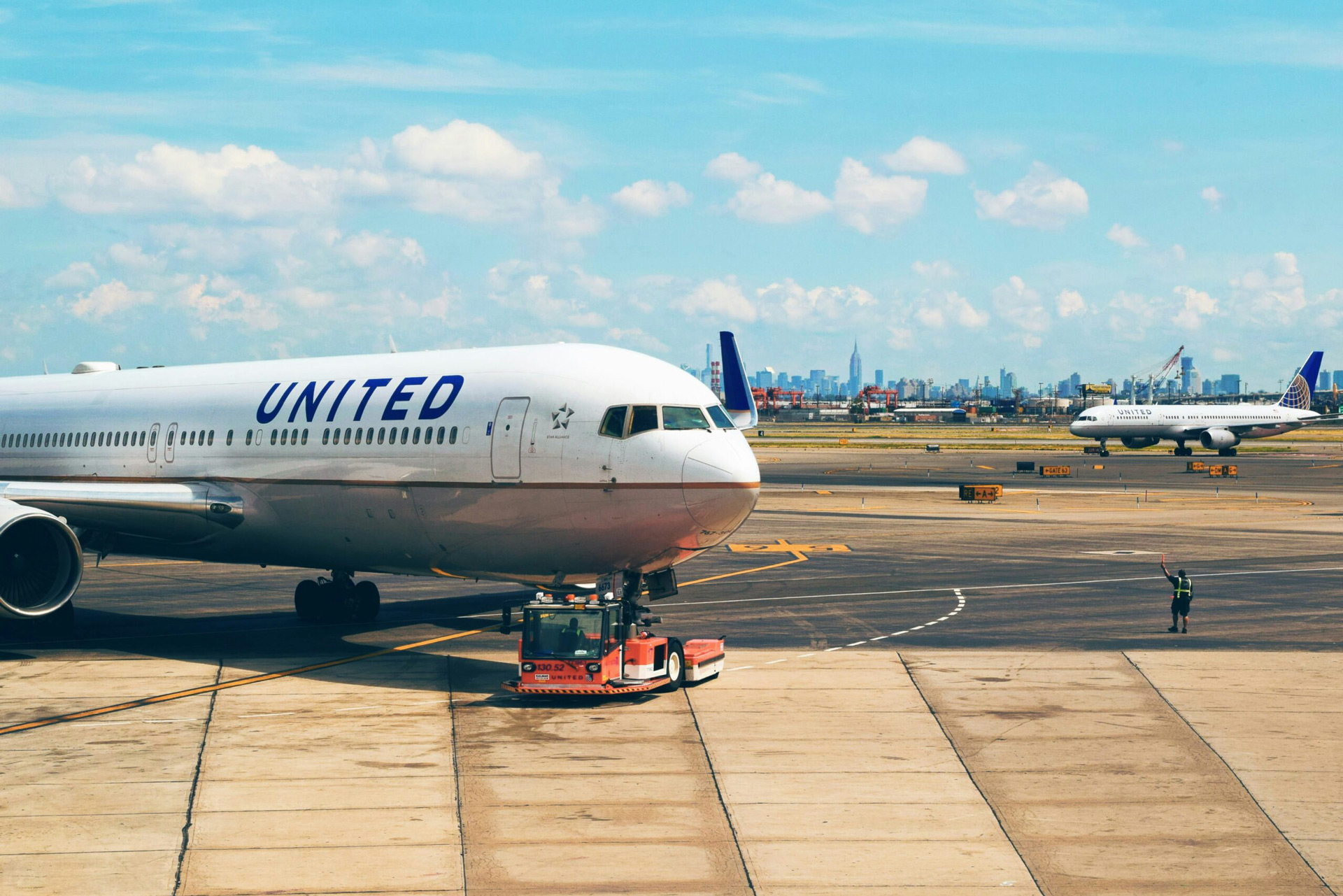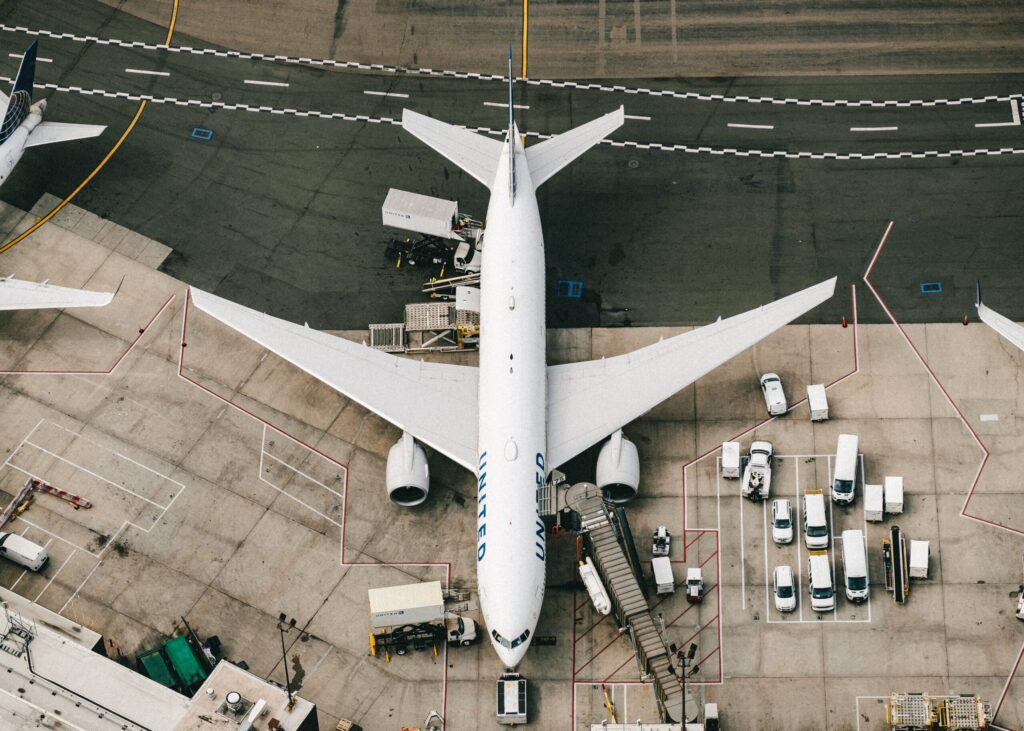Navigating the Skies: A Comprehensive Guide to Air Freight

In today’s busy and speedy world, the need for swift and reliable transportation of goods has never been more critical. An evident solution is air freight, a process that involves moving cargo from one point to another via aircraft. However, while the concept of air freight may seem straightforward, delving into the intricacies reveals a complex web of negotiations, documentation, and logistics. Let’s unravel the mystery behind how air freight works, from the initial decision-making process to the final delivery at the buyer’s doorstep.
How Air Freight Works
Setting the Foundation
Before the cargo takes flight, meticulous groundwork is essential. Choosing air freight over other alternatives, such as ocean freight or air-sea solutions, requires careful consideration. While air freight is renowned for its speed, it comes at a higher cost. The delicate balance between time and expense prompts businesses to weigh their options.
Selecting the right international supplier should be a well-weighted decision, necessitating thorough market research. Additionally, understanding Incoterms — the international commercial terms governing risk allocation — ensures smooth collaboration between buyer and supplier. Engaging a freight forwarder becomes especially crucial at this stage, acting as the intermediary to liaise with overseas partners and handle the copious documentation associated with air freight transactions.
Understanding the Impact
The impact of air freight extends beyond its rapid transit time. Volumetric ratios play a key role, requiring businesses to calculate chargeable weight based on both mass and volume. Air-freight containers, be they unit load devices (ULDs), palletized shipments, or loose cargo, introduce further considerations. Adhering to strict security regulations, including cargo examinations, adds another layer of complexity.
For instance, palletized cargo must meet specific dimensions for x-ray screening, emphasizing the need for precise packing. The examination process, whether at the piece level, in consolidated form, or as an approved Known Consignor, demands meticulous adherence to regulations. Wooden pallets, due to potential nails, require special attention during cargo screening, potentially incurring repacking costs.
Packing and Booking
With a thorough understanding of the impact of airfreight, the next step involves packing the cargo and booking the freight. Here, communication with the freight forwarder is crucial to navigate any restrictions applicable to the aircraft. Comparing different services and routes becomes imperative, especially considering the influence caused by events like the COVID-19 pandemic.
Choosing the right route is half the battle for booking a personal flight, with considerations for both price and transit time. The interconnectedness of global logistics means that the lion’s share of air cargo arrives on passenger aircraft, emphasizing the importance of aligning the chosen route with the business’s specific needs.
Freight Forwarder’s Role
Once the cargo is packed and the freight is booked, the freight forwarder takes center stage in arranging the shipment. For imports into most countries, the supplier must prepare a suite of documents, including the commercial invoice, packing list, certificate of origin, import permits, and dangerous goods forms, if applicable.
The issuance of an airway bill serves as a comprehensive delineation of the terms and conditions governing the service and contractual agreement for the carriage of goods. This document facilitates seamless online tracking capabilities through the freight forwarder, enabling stakeholders to monitor the shipment’s progress. Altogether, this ensures a smooth and efficient transition of goods from the supplier to the recipient.

Customs Clearance and Transit
Upon arrival, the cargo embarks on a multi-stage journey, including customs clearance and transit. Customs clearance, managed by the freight forwarder, ensures that duties and GST are paid, paving the way for the cargo to reach its final destination. The shipment may be arranged under a Master Airway Bill (MAWB) or a direct airway bill (DAWB), each presenting its own intricacies. The choice between MAWB and DAWB depends on the nature of the cargo, logistical requirements, and the desired level of consolidation for a given shipment.
The Master Airway Bill (MAWB) intricately involves the consolidation of various shipments, necessitating a subsequent deconsolidation process upon arrival at the destination. This deconsolidation procedure is crucial as it segregates individual shipments based on their final destinations, ensuring a streamlined and organized distribution process. This method is particularly beneficial for freight forwarders and logistics providers dealing with multiple consignments, as it optimizes efficiency and facilitates accurate delivery.
On the other hand, the Direct Airway Bill (DAWB) represents a distinct approach, signifying a direct shipment without the need for consolidation. In this scenario, the cargo is transported individually without being combined with other shipments. This unconsolidated approach simplifies the logistics chain, allowing for immediate and straightforward collection of the cargo from the designated cargo terminal upon arrival. The DAWB offers a more expedited and direct route for shipments, reducing handling complexity and potentially speeding up the overall transportation process.
Last-Mile Delivery
The final chapter of the air freight process involves physically transporting goods from the airport to the buyer. A transport operator takes charge, collecting and delivering the cargo to the final destination. Understanding the logistics of unloading, whether handled by the buyer or requiring a tail lift truck, becomes vital. Coordination between the freight forwarder and the buyer ensures a seamless transition from the tarmac to the buyer’s facility.
Further optimization of this final leg of the air freight process requires integrating real-time tracking systems to continuously monitor the cargo’s location and status and provide the freight forwarder and the buyer with up-to-the-minute information. This transparency not only enhances the visibility of the shipment but also enables proactive decision-making in response to any unexpected events. Additionally, advanced route optimization algorithms can be employed to identify the most efficient and cost-effective delivery routes, contributing to reduced transit times and enhanced overall operational efficiency.
Summary
The world of air freight is a symphony of negotiations, documentation, and logistics. Each step demands meticulous attention to detail, from the initial decision to opt for air freight to the final delivery at the buyer’s doorstep. As businesses continue to navigate the complexities of global trade, understanding how air freight works becomes not just an advantage but a necessity in the quest for efficient and reliable cargo transportation.
